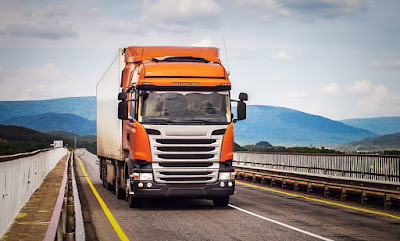How Are GVWR and GCWR Related to Non-CDL Trucks?
We are going to discuss how non-CDL trucks, GCWR, and GVWR are all related. But, before we can do that, we’ve got to set the stage.
Some Definitions and Explanations
Okay, first things first. What do GVW, GCWR, and GVWR standard for?- GVW – gross vehicle weight
- GVWR – gross vehicle weight rating
- GCWR – gross combination weight rating
When it comes to vehicle ratings, they are set by the vehicle manufacturers.
What is GVW?
GVW and GVWR refer to the same thing – gross vehicle weight. The “R” just adds “rating” to the term. You may also hear this referred to as gross vehicle mass (GVM). Once again, this is set by the manufacturer. It refers to the maximum operating mass/weight of the vehicle. It includes cargo, passengers, driver, accessories, fuel, engine fluids, engine, body, and the chassis of the vehicle. Trailers, however, are excluded.CDL Versus Non-CDL
CDL stands for commercial driver’s license. It is necessary to operate certain commercial vehicles in the United States. Non-CDL licenses are still necessary to operate a vehicle that isn’t considered commercial.To operate a truck with a gross weight of under 26,000 pounds, you do not need a CDL. That’s because 26,001 pounds is, for the requirement of a CDL, the general weight criterion.
Professional drivers will need a Class A CDL if they want to drive a big rig. Additionally, though it is not a requirement, that license will also allow them to drive box trucks. To drive a single vehicle of any and all weights (unlimited), a Class B CDL is needed.
To drive a combination of vehicles, or a single vehicle, with a GCVWR or GVWR of less than 26,001 pounds but more than 10,001 pounds, a CDL is not required.




Comments
Post a Comment